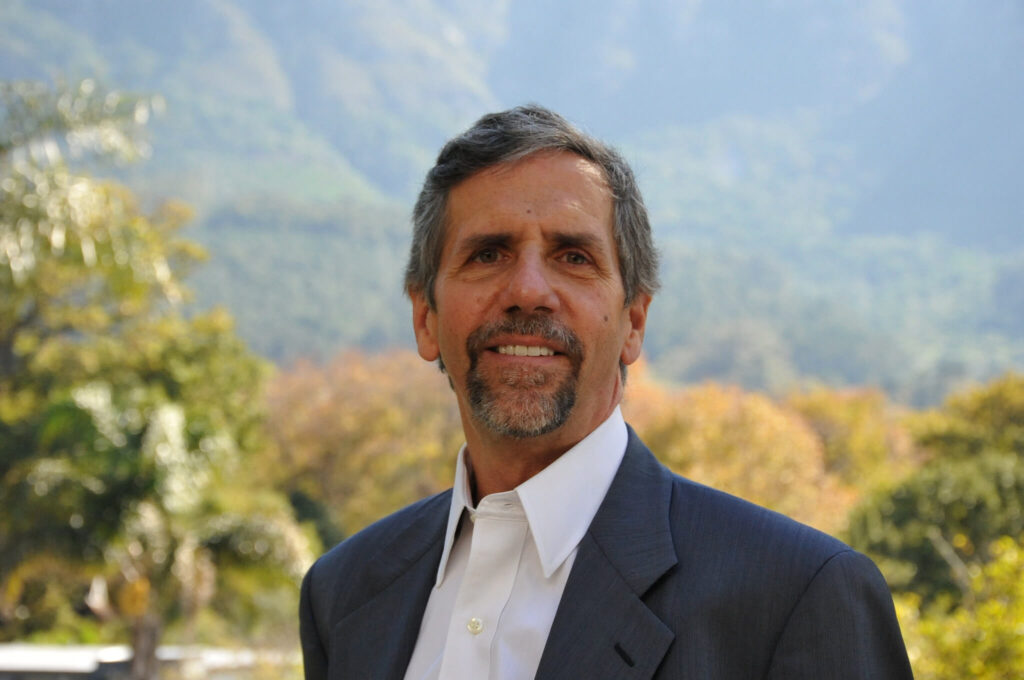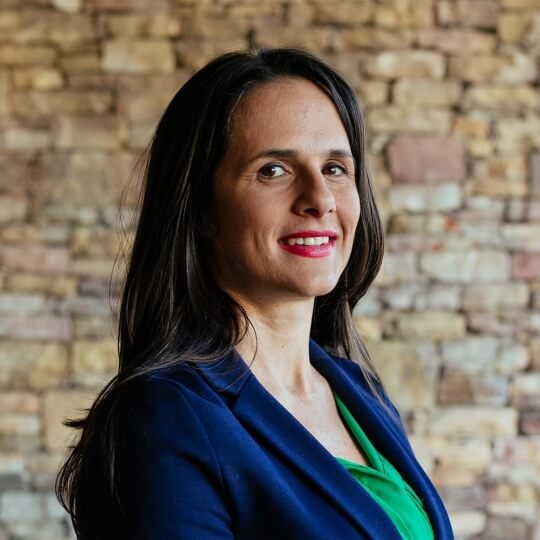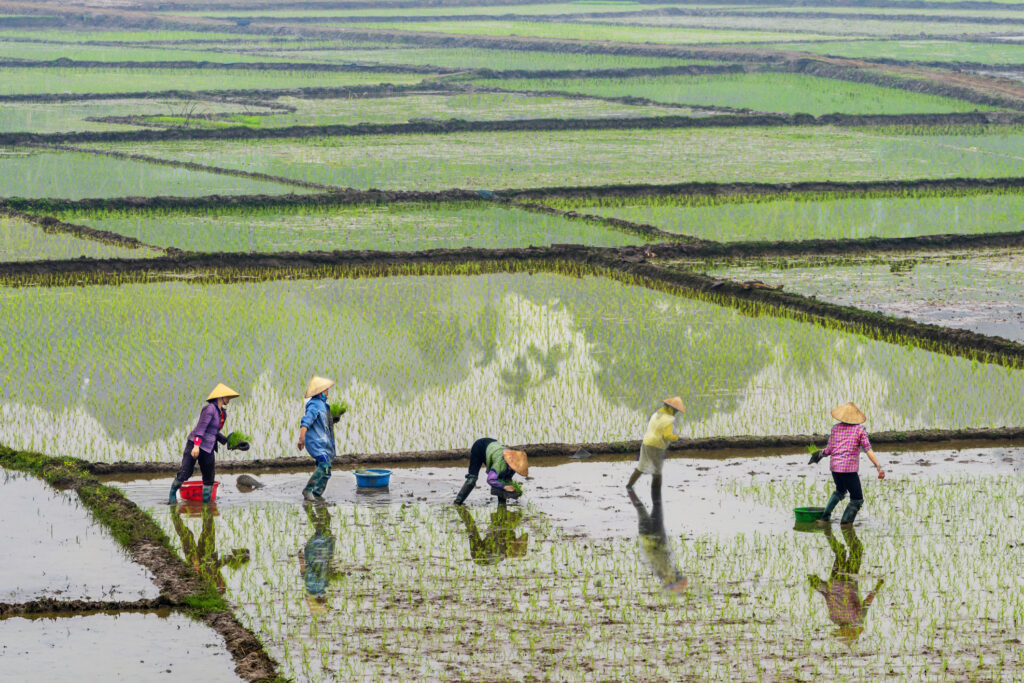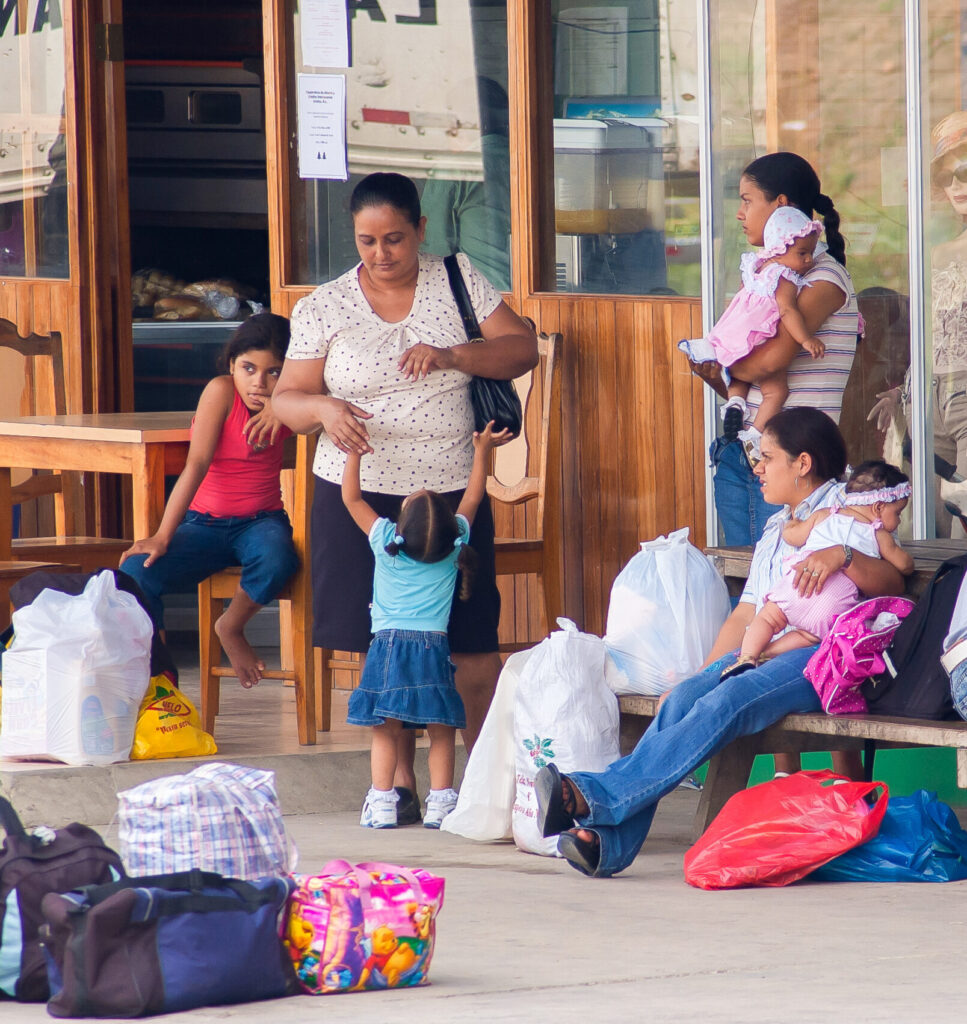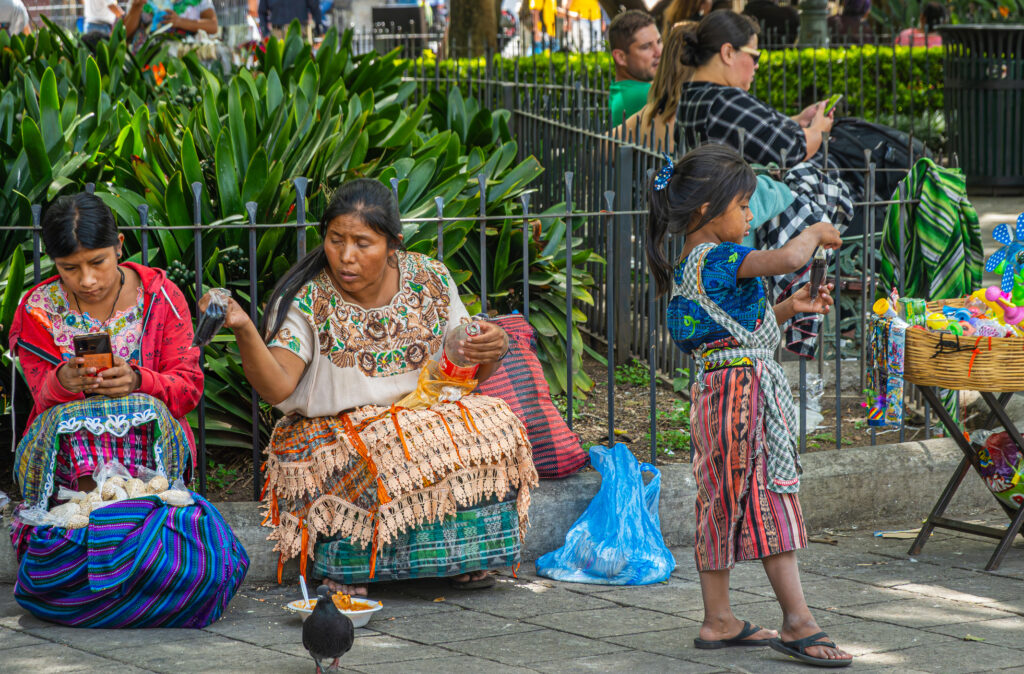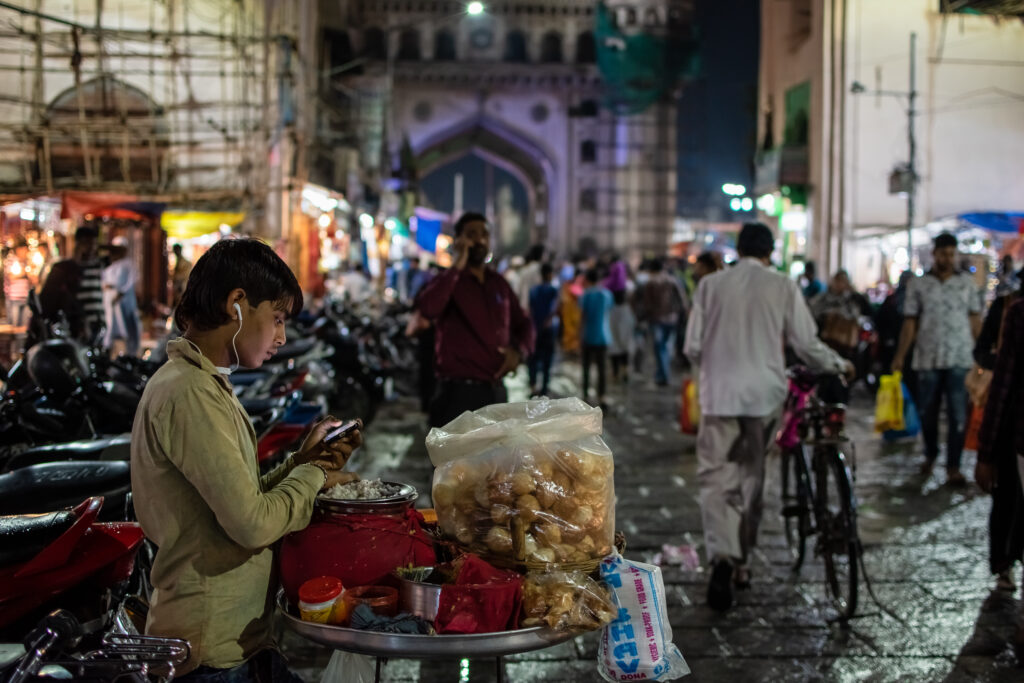Fintech is a shiny attractor for impact investors. Emerging financial technologies shimmer with disruptive potential for the delivery of a wide array of financial, educational, health, and social services for the poor. While microfinance still makes up a major share of impact investing portfolios, many investors appear to have moved on to fintech, the next wave of creative destruction. Rather than be toppled by it, microfinance institutions (MFIs) look to ride that wave too, to extend reach, reduce costs and prices, improve and deepen client services, and improve risk management.
Fintech, whether new digital services or proprietary software used to evaluate and underwrite credit, brings glittery potential for MFIs, no question. But in fairy tales unicorns glitter too. Are MFIs chasing something equally illusory? Microfinance has decades of success growing and strengthening a high-touch business model. As growth slows, should MFIs now abandon that approach and use high-tech to go low-touch for cost efficiency? If MFIs stay their course, will they be overtaken by new entrants with new models, like Chinese online peer-to-peer lender Yirendai, which went IPO on the New York Stock Exchange last year? Or instead, will MFIs find innovative high-tech ways to further leverage their deep relationships with clients and understanding of client needs?
These were among the questions for 32 microfinance and impact investing participants and analysts from around the world who convened last month, hosted by Lehigh University’s Martindale Center, with support from the Calmeadow Foundation and the Financial Inclusion Equity Council (of which CFI is the secretariat).
The group broadly agreed that sticking with core competencies is very often sound advice. Additionally, several participants challenged the group by asking: has anyone yet seen a scalable, investible, high-tech, and high-touch financial inclusion unicorn? Mobile payments networks like M-Pesa and BiM are high-tech, but decidedly low-touch delivery channels. Low-touch too are big data algorithms like those of Yirendai and its corporate parent CreditEase used for automated credit scoring and risk management. However, as digital financial technologies like these mature, will base of pyramid (BoP) financial customers still need high-touch MFIs? As fintech-driven models become more sophisticated, can MFIs hope to deliver anything that technology sophisticated telecoms and global commercial banks can’t?
Turns out MFIs, clients, and even global banks themselves demonstrably think the answer is Yes, plenty. For example, the large Spanish multinational bank BBVA acquired and consolidated a number of MFIs in Peru and elsewhere in Latin America. Recognizing that as a global bank they had limited understanding of BoP client needs—and that, as one board member put it, “relationships matter”—BBVA keep their microfinance group administratively separate. They are, however, bringing the tech depth of the global bank to bear in the microfinance segment. For example, they have put forth a major push to bring things like handheld mobile connectivity, big data algorithms, and split second automation to roving microfinance field officers for use during meetings with clients. One key aim is to enable hyper-personalized product design, instantly tailored to widely diverse needs and situations of individual clients and their families. The vision: technology as a complement to high-touch relationships, not a substitute. The goal is to use both technology and the relationship to deliver greater value to the client—improving financial literacy, building a financial life beyond credit, providing investment and business-strengthening advice, and pointing the client towards relevant non-financial services like health, agriculture extension, or business planning.
Clients, voting with their feet and wallets, also clearly value high-touch. A recent study by the Microfinance Information Exchange (MIX) on alternative financial services delivery channels found that even where tech, like mobile banking and ATMs, had expanded clients’ access to financial services, the fraction of active clients actually using those services is below 10 percent. It appears that people prefer dealing with people. Clients use banking agents—often non-staff individuals under contract in their communities—more than any other alternative delivery channel. And it’s a virtuous cycle: agents create the largest number of new touchpoints that become available to clients. In part this reflects the fact that fully automated transactions are a blunt instrument: ATMs are great at dispensing cash, but not so good at answering questions or responding to individual circumstances.
Similarly indicative, the value of client transactions at physical branches remains 30 to 60 times greater than at any other kind of point of service. High-tech may facilitate routine tiny transactions, lubricating the cash flows of daily life, but can’t substitute for client preferences for high-touch on big ticket transactions. Designing and creating superior options for these latter big ticket needs—saving for weddings and school fees, enabling microenterprise capital investments, weathering long illnesses, paying for funerals and solar lamps—is fundamentally at the core of microfinance’s value to the poor.
Despite broad agreement among workshop participants on the potential of fintech in microfinance, there was also significant unease about many MFIs’ abilities to effectively embrace it. It took decades of iteration and experience for leading MFIs to scale and achieve operational sustainability with their low-tech, high-touch model. Committing to high-tech introduces an entirely different set of skill requirements and partners for MFIs, and undoubtedly will bring a host of unforeseen new problems requiring experimentation to overcome. Yet given the pace at which new entrants are flocking into BoP financial services—thanks to MFIs proving the profit potential—MFIs don’t have the luxury of decades to work out kinks this time around.
Are MFI budgets, or innovation management skills, or staff recruiting and training systems, or supply chains, up to the task? Are MFI leaders and governance boards fully on-board, and are they knowledgeable enough to drive tech-embracing changes? Will impact investors—tempted by shiny new things elsewhere—see their way to funding the experimentation, infrastructure, and institutional capacity-building needed? Are these critical actors – management, directors, investors – able to keep their heads and take the time to think through how their MFI business model can uniquely deliver value to the client, and what elements can be restructured or ceded in the face of new technologies and new entrants?
Another area of concern centered around the potential for fintech to exacerbate the digital divide. Cheap 2G/SMS mobile is everywhere, and mobile payments are already ubiquitous in some places. Yet it’s also clear, as outlined in the recent paper from CFI Fellow Leon Perlman, that the infrastructure needed for smart phone-based (and hence more elaborate) digital financial services is not. Deep penetration of smartphones or reliable broadband internet remain a long way off for most of the world’s poor. In this context, it is well worth noting that compared to disruptive but infrastructure-reliant low-touch fintech entrants, MFIs are much better positioned to deliver high-tech services while mitigating the digital divide. Yirendai’s automated credit decisions scour the web and other sources to dig up information to score borrowers and enable direct peer-to-peer transactions, but they require digital footprints and robust digital access on both sides. Kiva’s main quasi-peer-to-peer lending model still relies on MFI relationships with clients. As some observers have noted, when the digital footprint is light, as is often the case with BoP clients, one-size-fits-all underwriting results in collateral damage with a high incidence of borrowers blacklisted after failing to repay a small “tester” loan.
High-touch MFIs also have a significant advantage as last mile delivery channels for complementary services like health services, empowerment training, or sale and distribution of cookstoves. Pro Mujer in Latin America did half a million chronic illness screenings for clients in the same places they go for microfinance services. Kenya’s impact-venture-capital-backed BURN Manufacturing partners with MFIs to finance and distribute cookstoves that save poor clients $200 annually in charcoal, improve their health, and cut carbon emissions.
Most importantly, long-term proximity to clients affords MFIs a window into the lives, needs, and dreams of the hundreds of millions of poor individuals they serve. Without that understanding, better designed, more tailored, higher impact products and services won’t come, no matter the tech. Commodified products will always be the driver behind fintech, but also will exclude as much as include. Microfinance first succeeded by devoting decades to exploring ways to deliver credit with a priority on inclusion. Some would argue that this has at times gone too far, but the revolutionary innovation remains: most poor people, like everyone else, can use credit productively and responsibly.
Exploiting fintech opportunities in microfinance won’t come easy, but MFIs that fail to search for the unicorn risk succumbing to nimbler competitors, or at minimum, will offer their clients suboptimal, lower impact services. At the same time, impact investors need to restrain their infatuation with the latest Bright Shiny Object and have the patience and discipline to help fuel the same sort of experimentation and capacity building that brought microfinance to the forefront of impact investing to begin with. This thoroughbred, horned or otherwise, has the pedigree and legs for the long haul. Bet on it.
For video recordings of the Martindale Center event discussions, click here.
